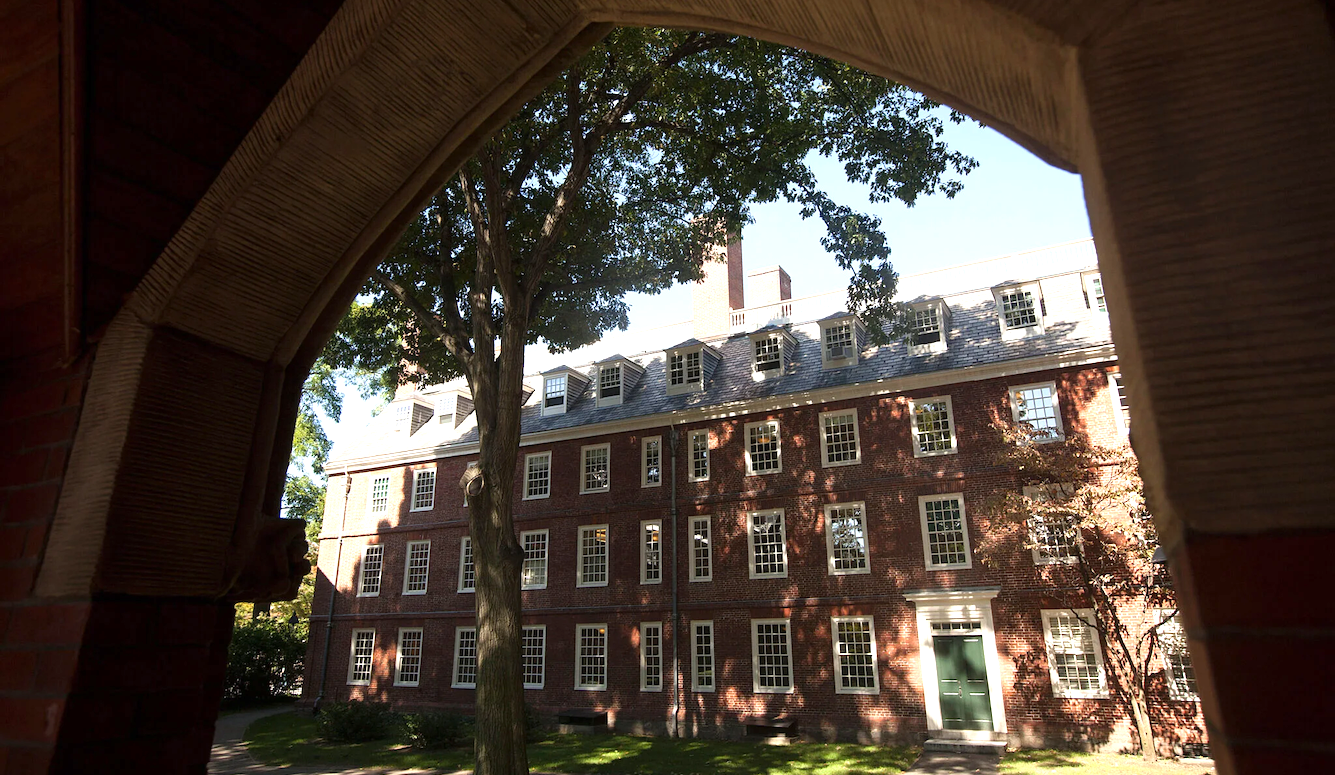Education
Bloated College Administration Is Making Education Unaffordable
Our campuses are stuffed with non-academic office workers. If elected to Harvard’s Board of Overseers, I‘ll propose firing most of them.

With the first semester of the new academic year upon us, many students and parents are asking: How did college tuition skyrocket to the point where many middle-class families must mortgage (or re-mortgage) their homes, or prematurely raid their retirement funds, to send even a single child to a typical four-year college, whether public or private?
Most college professors are fairly well paid, to be sure. And buildings and grounds can be costly to maintain. But none of this fully explains why tuition and fees have been increasing well beyond the rate of inflation. At Harvard University, the 2022–2023 cost of attendance for non-commuting students (which includes tuition, room, board, and fees) is estimated at $76,763. At the Massachusetts Institute of Technology, the corresponding figure is $79,850. At Boston University: $82,760. Even at the University of Massachusetts at Boston, a public institution, it’s $34,834 for in-state students and $55,296 for out-of-state students.

As someone who’s been involved in legal matters pertaining to higher education since the beginning of my career 55 years ago, I’ve had a chance to observe this phenomenon, and have naturally wondered at the cause. The short answer that I’ve come up with can be summarized in two words: administrative bloat. At Yale University, for instance, there are now as many administrative staff as undergraduates. Even among university academics, there seems to be far more resources dedicated to busywork. Every dean, it seems, has a deputy dean; with deputy deans sometimes having several assistant deputy deans. Many of these positions come with secretaries and other forms of administrative support.
At Yale there is now a 1:1 ratio of undergraduate students to administrators. Mind-boggling. https://t.co/TL5KFFLobh
— Noah Pollak (@NoahPollak) November 10, 2021
This administrative bloat has effects that extend well beyond the financial realm. All of these administrators need something to do in order to justify their salaries. This is something that freshmen (recently recast in some quarters as “freshpeople”) learn when they arrive on campus and begin their orientation sessions. In my case, back in the 1960s, this consisted of a two-hour presentation from a college official in regard to the rules and procedures that would govern their next four years. But in the modern era, such orientation sessions can stretch out over several days, if not an entire “freshman orientation week” that requires first-year students to show up on campus a full seven days earlier than sophomores, juniors, and seniors.

All of these orientation activities are overseen by administrative staff, who are now basically running a school within a school, teaching content based on the mandate of their respective offices (disability accommodation, diversity, anti-discrimination, sustainability, student-life enhancement, and so forth). As of 2019, for instance, the University of Michigan was paying $10.6 million annually to employ 76 diversity officers on a single campus. This kind of encroachment has been subtle, but faculty members and other long-time observers of higher education can recognize the phenomenon even if it evades precise description.
The solution rests with college and university governing boards, which typically are composed of non-academics—prominent alumni and civil leaders who play the equivalent role of civilian commanders-in-chief overseeing the military. These governors must wrest control from the bureaucrats who have a vested interest in maintaining (or even exacerbating) the status quo, regardless of its dire effects on these academic institutions.
Harvey Silverglate is a liberal. I’m a conservative. Over the years we have disagreed on any number of important subjects. But I'm rooting for him to succeed in winning a seat on @Harvard's Board of Overseers. My column today explains why.https://t.co/DfIljTFq7Z
— Jeff Jacoby (@Jeff_Jacoby) October 30, 2022
As a 1967 graduate of Harvard Law School, I have decided to do my part. Harvard is governed by a 372-year-old self-perpetuating unelected body carrying the august title of The President and Fellows of Harvard College (but known colloquially as “The Corporation”). However, it also has a lesser but still influential governing board known as The Board of Overseers, whose members are elected by all of Harvard’s surviving alumni. I have recently announced that I will stand as a candidate for this body at the next election.
My campaign promise? If elected, I will propose dismissing nine out of every 10 administrators, and then reducing tuition accordingly.





